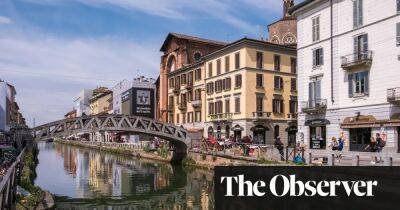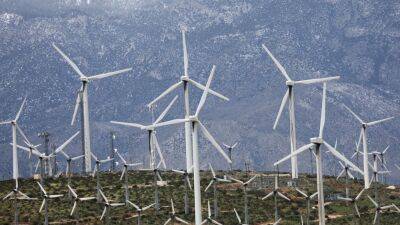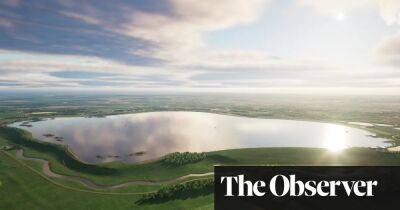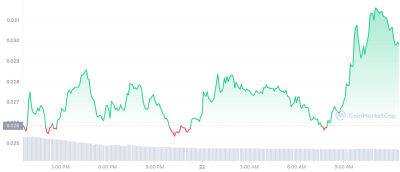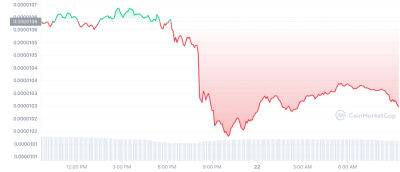As the climate warms, New Zealand winemakers grapple with a changing landscape
A t what point is a Marlborough sauvignon blanc so sweet it no longer tastes like a Marlborough sauvignon blanc? That is one of the questions that New Zealand winemakers are grappling with as the country experiences an increasingly warm, dry climate.
Winemaker John Hancock says the timing of the grape harvest in New Zealand has shifted as the climate has changed.
“We definitely have warming. I don’t know how much. But we’re picking a couple weeks earlier and with higher sugar levels than we were 30 to 40 years ago,” he says.
While the warming climate poses a risk to some of New Zealand’s world-renowned wine varieties – such as sauvignon blanc and pinot noir – it also creates an opportunity to grow in new areas and develop new flavours.
In Europe, a “northern shift” in growing conditions has meant grape varietals from Portugal, such as touriga nacional and albariño, have recently been approved for planting in Bordeaux, enabling more heat-tolerant varieties to be grown in one of the most traditional and strictly regulated wine regions of the world.
Dr Edwin Massey of New Zealand Wine Growers says the south of England now has very similar growing conditions to the Champagne region 20 or 30 years ago.
“As a result, there’s some really high quality sparkling wine now being produced in the south of England … We’re starting to see those shifts in other areas, and it’s likely we will see that shift in New Zealand as well.”
Winemakers also need to face the problems called by natural disasters. The fruit-growing region of Hawke’s Bay was devastated by Cyclone Gabrielle, in February, for example. The scale of the storm was blamed on climate change.
From alpine deserts in the South Island, to sub-tropical volcanic islands in the North, New
Read more on theguardian.com








